Dancing isn’t just for humans anymore. Imagine a world where your furry friend grooves alongside you, matching steps, twirls, and spins. Welcome to the enchanting realm of Canine Freestyle, where dogs and their owners harmonize movements to create magical performances. In this comprehensive guide, we’ll delve into the intricacies of teaching your dog to dance, from selecting the right music to mastering choreography.
Contents Overview
What is Canine Freestyle?
Canine Freestyle, often dubbed “dog dancing” or “musical canine freestyle,” is a captivating sport that combines obedience, tricks, and choreography set to music. Originating in the 1990s, it has since gained popularity worldwide, captivating audiences with its blend of entertainment and skill. It’s not just about performing tricks but synchronizing movements with music, fostering a deep bond between dog and owner.
Getting Started: Essentials for Canine Freestyle
Before diving into the enchanting world of Canine Freestyle with your furry friend, it’s essential to lay down a solid foundation and understand the fundamentals. Let’s explore the essential aspects to consider when getting started with Canine Freestyle:
- Foundation Training:
Before embarking on your Canine Freestyle journey, ensure that your dog has a strong foundation in basic obedience commands. These include commands such as sit, stay, heel, and come. Obedience forms the backbone of Canine Freestyle, providing the framework upon which you’ll build your dance routines.
In addition to obedience, incorporate fun tricks into your dog’s repertoire. Tricks like spins, twists, weaves, bows, and other playful movements serve as the building blocks for choreography. Start with simple tricks and gradually introduce more complex maneuvers as your dog becomes more proficient.
- Selecting the Right Music:
Music sets the tone for your Canine Freestyle routine, so it’s crucial to choose tunes that resonate with both you and your dog. Consider your dog’s personality, energy level, and preferences when selecting music.
Opt for songs with clear beats and rhythm, as these elements will help guide your movements and choreography. Experiment with different genres and tempos to find the perfect soundtrack for your performance.
- Safety First:
Safety should always be a top priority when training your dog for Canine Freestyle. Use positive reinforcement techniques, such as treats and praise, to keep training sessions enjoyable and rewarding for your dog.
Pay close attention to your dog’s physical limitations and avoid pushing them beyond their capabilities. Avoid strenuous movements or activities that could potentially cause injury or discomfort to your dog.
Training Techniques for Canine Freestyle
Canine Freestyle is not just about teaching your dog tricks; it’s about choreographing those tricks to music, creating a seamless and captivating performance. To achieve this, you’ll need to employ various training techniques tailored specifically for Canine Freestyle:
- Captivating Choreography:
Start by breaking down your routine into manageable sequences, focusing on fluid transitions between movements. Begin with simple combinations of tricks and obedience commands, gradually increasing complexity as your dog becomes more confident.
Tips:
- Keep sequences short and achievable, building upon each success.
- Practice each sequence until it’s polished before integrating it into the full routine.
- Incorporate a mix of tricks, obedience commands, and creative movements to keep your routine dynamic and engaging.
- Musical Interpretation:
One of the hallmarks of Canine Freestyle is the synchronization of movements to music. Teach your dog to match their actions to the rhythm and mood of the music, adding depth and emotion to your performance.
Tips:
- Start by practicing with the music without any choreography to help your dog become familiar with the rhythm.
- Use pauses and changes in tempo to create dramatic moments and highlight key movements.
- Experiment with different styles of music to find the perfect match for your routine, whether it’s upbeat and energetic or graceful and lyrical.
- Props and Costumes:
Introducing props and costumes can add an extra dimension of creativity and flair to your Canine Freestyle routine. However, it’s essential to introduce them gradually and ensure they’re safe and comfortable for your dog.
Tips:
- Start with simple props like ribbons or hoops and gradually introduce more elaborate items as your dog becomes accustomed to them.
- Always supervise your dog when using props to prevent accidents or injuries.
- Choose costumes that allow your dog to move freely and comfortably, avoiding anything that restricts their movement or causes discomfort.
- Practice, Practice, Practice:
Consistent practice is key to success in Canine Freestyle. Set aside regular training sessions dedicated to refining your routine, and be patient with both yourself and your dog as you work through challenges and setbacks.
Tips:
- Break down your routine into small, achievable goals, focusing on one aspect at a time.
- Practice in different environments to help your dog generalize their skills and adapt to new surroundings.
- Celebrate progress and accomplishments, no matter how small, to keep both you and your dog motivated and engaged.
By incorporating these training techniques into your Canine Freestyle practice, you’ll be well on your way to creating mesmerizing performances that showcase the unique bond between you and your dog. With dedication, creativity, and a whole lot of fun, you’ll dazzle audiences with your dancing duo.
Showtime: Taking Your Routine to the Stage
After months of dedicated training and preparation, it’s time to showcase your Canine Freestyle routine to the world. Taking your performance from the training room to the stage requires careful planning, confidence, and a dash of showmanship. Here’s how to make your debut a resounding success:
- Finding Performance Opportunities:
Seek out local dog events, competitions, or community showcases where you can share your Canine Freestyle routine with an audience. Check online platforms or social media groups dedicated to dog enthusiasts for upcoming events in your area.
Tips:
- Start small by performing at local dog parks or pet-friendly venues to gain experience and confidence.
- Consider joining Canine Freestyle clubs or online communities to connect with fellow enthusiasts and discover new performance opportunities.
- Stage Presence:
On the day of your performance, exude confidence and enthusiasm to captivate your audience from the moment you step onto the stage. Maintain eye contact and communicate with your dog throughout the routine, reinforcing your bond and partnership.
Tips:
- Practice relaxation techniques to calm any pre-performance nerves, such as deep breathing or visualization.
- Smile and enjoy yourself! Your positive energy will radiate to your dog and the audience, creating a memorable experience for everyone.
- Judging Criteria:
If you’re participating in a competition or showcase, familiarize yourself with the judging criteria to understand what judges will be looking for in your performance. Criteria may include creativity, musical interpretation, technical skill, and the bond between you and your dog.
Tips:
- Focus on showcasing the unique qualities of your partnership with your dog, highlighting moments of connection and synchronization.
- Pay attention to details such as precision in movements, smooth transitions, and alignment with the music to impress the judges.
- Post-Performance Reflection:
After your performance, take some time to reflect on what went well and areas for improvement. Celebrate your accomplishments and the bond you share with your dog, regardless of the outcome.
Tips:
- Watch recordings of your performance to identify areas where you can refine your routine or enhance certain elements.
- Seek feedback from fellow Canine Freestyle enthusiasts or judges to gain valuable insights and perspectives for future performances.
By embracing the spotlight and sharing your Canine Freestyle routine with the world, you’ll inspire others with the beauty and joy of dancing with your dog. Remember to cherish each moment spent performing alongside your furry partner, creating memories that will last a lifetime.
Bottom Line
Canine Freestyle transcends mere obedience training, evolving into a beautiful partnership between you and your canine companion. Through patience, practice, and a shared love of music and movement, you can create mesmerizing performances that leave audiences spellbound. So, grab your dog, turn up the music, and let the dance begin – together, you’ll waltz your way into hearts around the world.


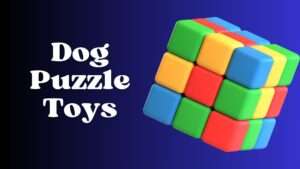

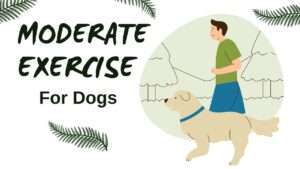

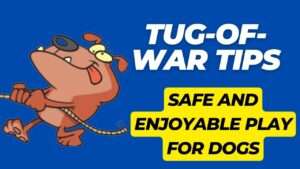



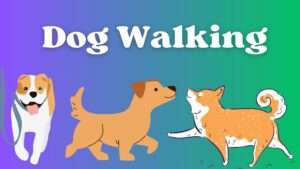
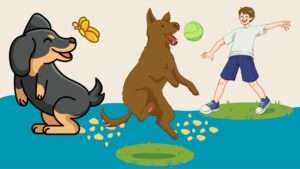
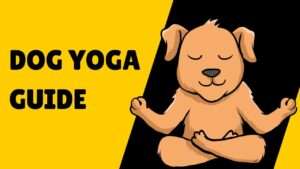

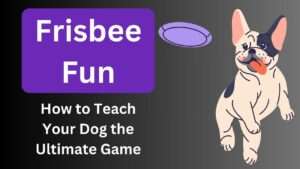


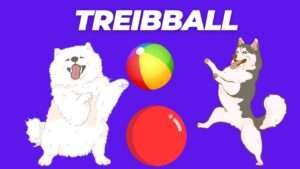

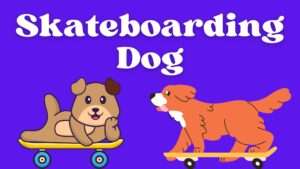
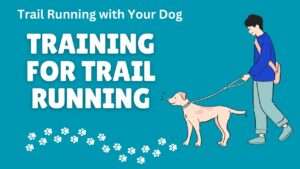







+ There are no comments
Add yours